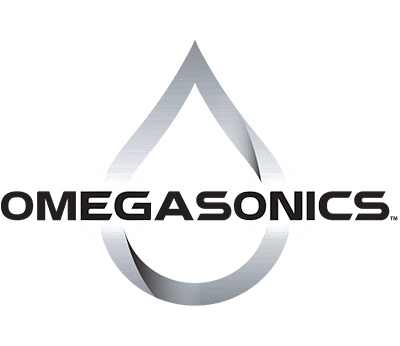Next to the tank, the most important thing in ultrasonic cleaning is the solution.
Over time, your ultrasonic cleaner solution can have a build up small gas bubbles in the liquid. These bubbles can cause problems with the operation of your ultrasonic cleaner.
Bubbles and Dissolved Gasses Make for Unwanted Partners
Ultrasonic cleaners work by creating waves in the tank. Think about a surface wave on a calm body of water; the high part of the wave inside the tank is a region of increased pressure.
The trough of the wave is a low pressure area. These low pressure areas will allow bubbles to form. When your ultrasonic cleaner solution has dissolved gasses in them, they will make their way into these low pressure areas.
Dissolved gasses in the low pressure areas will combine with the bubbles that are already there and make them increase in size. The larger bubbles will in turn start to absorb the smaller bubbles. This increases their surface area, creating larger air pockets in the solution.
Bubbles Act like Cushions
The way an ultrasonic cleaner works is by using very small bubbles to create a vibrating action to clean your item. If the large bubbles created from the dissolved gasses are allowed to form, they will create a barrier between the part you wish to be cleaned and vibrating bubbles.
This means that your cleaner will not be nearly as effective as it should be when operating at a particular temperature and frequency.
Degassing
Along with the need to degas to increase cleaning effectiveness, you might also want to consider degassing in a few other cases:
- If you are measuring the size of cleaned off particulates, dissolved gasses can cause measurement errors
- Degassing lubricants can increase their effectiveness and reduce pump wear
How to Degas Your Ultrasonic Cleaner Solution
In order to degas your solution you will need the aid of a chemical additive. Degassing chemicals, called cleaning chemistry, will be added to the solution after you raise the temperature of the solution.
Degassing techniques work much better with your solution at a higher temperature. Remember to keep the temperature below the boiling point, as this will just add more gas to your solution.
Once you have raised the temperature, add your cleaning chemistry and begin to operate your ultrasonic cleaner. You will want to operate the cleaner for about 10 to 30 minutes. The time is mostly dependent on the size of your tank, as well as the amount of ultrasonic cleaner solution you are attempting to degas.
Some tips to remember when degassing:
- Lower amplitudes work better for degassing
- A slight vacuum above the tank can assist in releasing gasses
- Avoid generating turbulence in the tank
Degassing can be an important step in not only keeping your cleaner running at top efficiency, but making sure you limit wear and tear on the unit. Omegasonics offers a wide range of cleaning products and ultrasonic cleaning devices. Contact us today!
